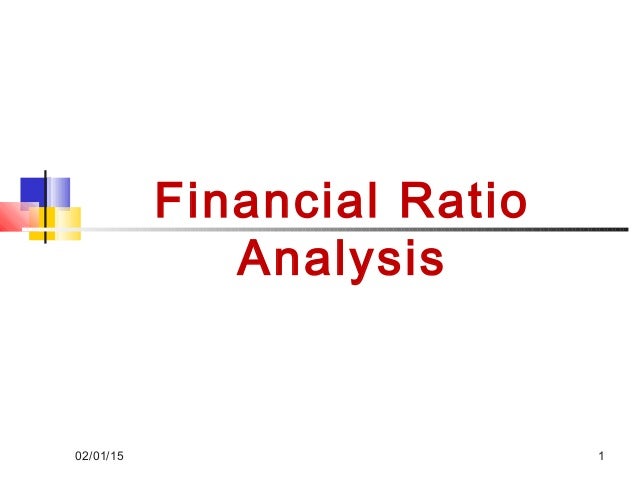Financial Ratio, Ratio Analysis, Debt Management Ratio,DSO, Current Ratio, Liquidity Ratios, Quick Ratio,Inventory Turnover Ratio.,Asset Management Ratios. Fixed Assets and total assets turnover ratios,
·
Ratio Analysis

Liquidity
Ratios
Liquidity ratios measure a company's ability
to pay
debt obligations and its margin
of safety
through the calculation of metrics including the current
ratio, quick
ratio and
operating cash
flow ratio. Current
liabilities are analyzed in relation to liquid
assets to
evaluate the coverage of short-term
debts in
an emergency. Bankruptcy analysts and mortgage
originators use liquidity ratios to evaluate going concern issues, as liquidity
measurement ratios indicate cash flow positioning.
Current Ratio
The current ratio
indicates a company's ability to pay its current liabilities from its current
assets. This ratio is one used to quickly measure the liquidity of a company. Current
assets are those assets that are expected to turn into cash within one year.
Examples of current assets are cash, accounts receivable, and prepaid expenses.
Also included in this category are marketable securities such as government
bonds and certificates of deposit. Current liabilities are those debts that are
expected to be paid or come due within a year.
The formula for the current
ratio is:
Current Ratio = Current Assets ÷
Current Liabilities
Quick Ratio
The quick ratio is an indicator of a company’s short-term liquidity. The
quick ratio measures a company’s ability to meet
its short-term obligations with its most liquid assets. For this reason, the
ratio excludes inventories from current assets, and is
calculated as follows:
Quick ratio = (current assets – inventories) / current liabilities
·
Asset Management Ratios.
Asset Management Ratios attempt to measure the firm's
success in managing its assets to generate sales. For example, these ratios can
provide insight into the success of the firm's credit policy and inventory
management. These ratios are also known as Activity or Turnover Ratios.
§ Inventory
Turnover Ratio.
The inventory turnover
ratio measures the firm’s management of its inventory. In general, a higher
Inventory Turnover Ratio is indicative of better performance since this
indicates that the firm's inventories are being sold more quickly.
§ DSO:
average number of days from sale until cash received.
§ Fixed
Assets and total assets turnover ratios.
The Fixed Assets
Turnover Ratio measures how productively the firm is managing its Fixed Assets
to generate Sales. This ratio is calculated by dividing Sales by Net Fixed
Assets.
The Total Assets Turnover
Ratio measures how productively the firm is managing all of its assets to
generate Sales. This ratio is calculated by dividing Sales by Total Assets,
Debt Management Ratio
Debt Management Ratios
attempt to measure the firm's use of Financial Leverage and ability to avoid
financial distress in the long run. These ratios are also known as Long-Term
Solvency Ratios.
Debt is called Financial
Leverage because the use of debt can improve returns to stockholders in good
years and increase their losses in bad years. Debt generally represents a fixed
cost of financing to a firm. Thus, if the firm can earn more on assets which
are financed with debt than the cost of servicing the debt then these
additional earnings will flow through to the stockholders.
Written By
Hossain Farrhad
Infrastructure University Kuala Lumpur
BBA in IB ( International Business )

Comments
Post a Comment